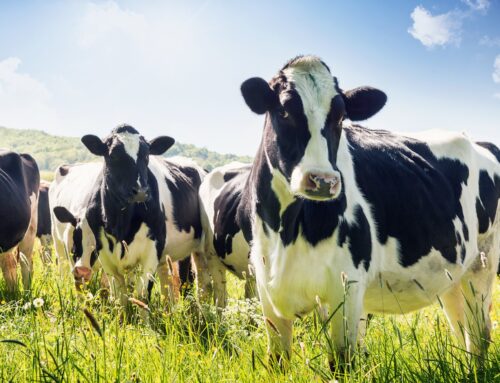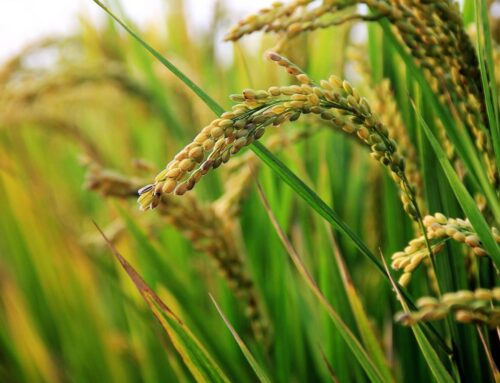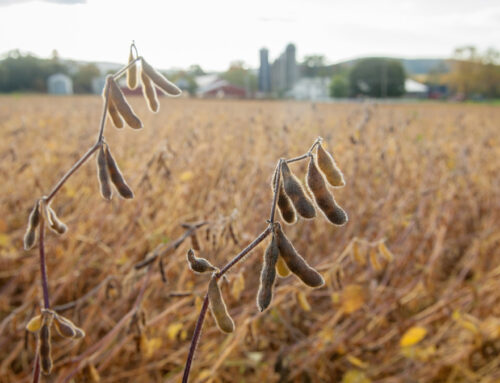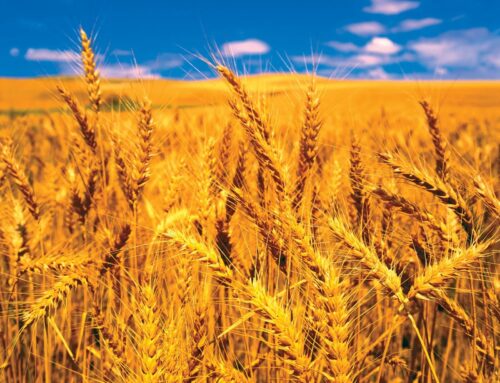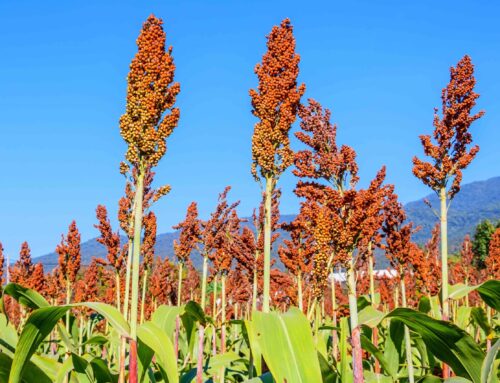
We cut our blackeye bean (cowpea) research plots at UC Davis almost 3 weeks ago and they’re still too green to harvest. If we tried now, the vines would get wrapped around the threshing cylinder.
Several growers in the Sacramento Valley have mentioned that their corn has sat at the same moisture level for weeks and is not drying down either, as one would normally expect for this time of year. But, nothing is normal this year!
Why aren’t our crops drying down?
Tragic fires throughout the West have pushed a lot of smoke and ash into the sky, creating fog-like conditions that reduce the intensity of the sun, shade crops, and lower temperatures. The blanket of smoke is like stepping into the shade under an awning on a 90oF day. This reduced sun intensity has affected the ability of crops to dry down in a timely manner. Increased humidity levels this past weeks haven’t helped either.
While shading may be good for protecting tomatoes from sunburn with harvests running late due to COVID-related challenges, it is not good for drying down field crops.
With the smoke finally dissipating, drying conditions are improving. We ended up turning our blackeye bean crop over to increase aeration and help it dry down. Dry beans are sometimes turned to help dry the crop down, especially if they’re rained on, but the challenge is to be careful to prevent shattering.
In corn, there aren’t any easy solutions. One grower said their corn sat at 16.5% moisture for several weeks and finally they had to harvest it anyway. Dryers are available for drying corn and other crops to the proper storage moisture, but as we all know it’s expensive and with low grain prices this affects the bottom line.
Read the original article here – https://californiaagnet.com/2020/09/19/why-arent-my-beans-drying-down
